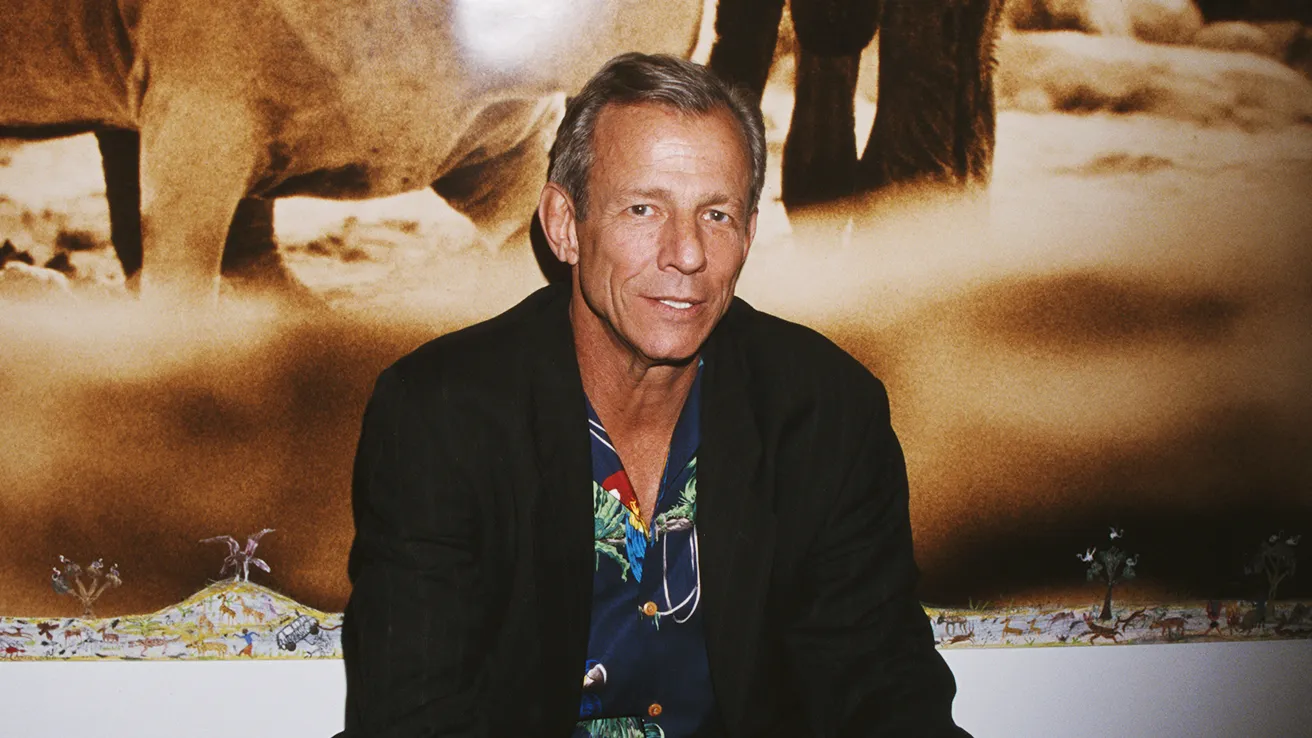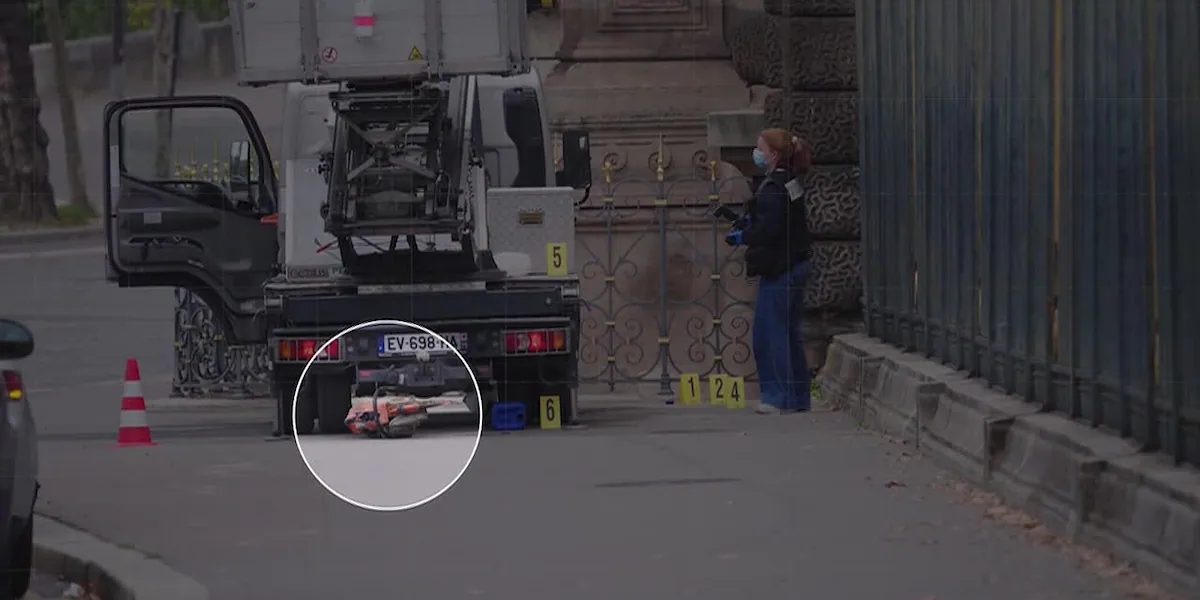Copyright vanityfair

The four-day celebration, hosted by their daughter, Zara Beard, and the Estate of Peter Beard, began with cocktails and dinner under a full moon, followed by a candlelit unveiling of the museum. Guests are staying at the Adrere Amellal Ecolodge, a hand-built, 40-room off-grid luxury ecolodge constructed from salt, clay, and palm materials. No electricity. No plastic. Water is supplied by nearby natural springs, and food is locally sourced. Both the hotel and the museum, officially called Eye of the Desert: The Peter Beard Museum Siwa, were created by Dr. Mounir Neamatalla, the Egyptian visionary behind this magical desert retreat. In 1981, Neamatalla founded the Environmental Quality International (EQI), and remains its president. The organization, which operates mainly in Africa and the Middle East, focuses on sustainable development initiatives, the preservation of historical cultural sites, and ecotourism. Siwa Oasis, an eight-hour trip by car from Cairo, is noted for its historical prominence in ancient Egypt. The oasis is believed to have been settled from the 10th millennium BC, and it was mentioned by Herodotus in The Histories (c. 430 BC). Perhaps most known for the Oracle of Amun temple—which was famously visited by Alexander the Great in 331 BC, to confirm his rule over Egypt—its ruins are now a tourist destination. Peter’s fascination with Egypt, which he shared with his friend, the British painter Francis Bacon, goes way back. He saw Egypt as an integral part of African history and culture. Writing in his Egypt diaries, Beard stated, “So much came into Egypt from the Land of Punt (Somalia) (also Sudan), you can see it in the art here.” As Wills Baker, curator and senior advisor of the Peter Beard Studio, writes in his catalogue essay for the museum’s launch, “For Beard, Egypt was not the origin, but a vessel through which older African wisdom still flows. His intimate photographs of hieroglyphs, ruins in Luxor, mummified crocodiles, and skulls reflect a language of memory where cultural intelligence looked to the natural world for guidance and revered its honesty.” Beard was introduced to Neamatalla, the museum’s founder, by the famed archaeologist Zahi Hawass, the former minister of antiquities for Egypt, and a friend of Nejma’s parents (Hawass is attending the museum’s inauguration). In 2001, Peter, Nejma, and Zara made a trip to Siwa, as well as Luxor, Cairo, and Aswan, and he returned several times. As Zara writes in her text for the catalogue, “He did not arrive with conquest in his eyes. He came instead as a witness. As someone who believed that beauty, when glimpsed on the verge of disappearance, becomes a kind of moral imperative. We travelled to Egypt as a family. My father was fascinated by everything: the palimpsest of civilizations, the carved stones still half-buried in sand, the exquisite ruins, the legend of the Oracle, the movement of salt across centuries. To him, beauty was inseparable from time. It was not ornamental but geological, shaped by erosion, intention, and the passage of centuries. Every artifact spoke in echoes.” Like the hotel, the museum was hand-built from Siwa mud and is entirely off-grid. Its collection includes Beard’s iconic large-scale photographs, embellished with hand-painted borders by the Hog Ranch Art Department, a collective of Kenyan friends and artists, which was born in Beard’s property near the Ngong Hills. One gallery displays pages from Beard’s famous diaries, each a small collage artwork in itself. Another is filled with his personal family photos. Ultimately, the museum is intended to be a “permanent tribute to Peter Beard’s life, his time in Siwa, his work, and as a living testament to the belief that beauty and responsibility to the earth can and must coexist,” as the opening announcement reads. Peter Beard’s legacy may be complex, but there is no doubt of his farsightedness, of his profound understanding of the ways of the world, both natural and human, and of his position as one of the great artists of the 20th century. Below, “For the Record of the Living,” a poem by Zara Beard. This is not silence— It is the desert remembering. He gathered what the world chose to forget, And laid it down in blood and paper. Salt keeps what time cannot Love keeps what death cannot. Enter as a witness. The wild is not gone It is only waiting To be seen.



